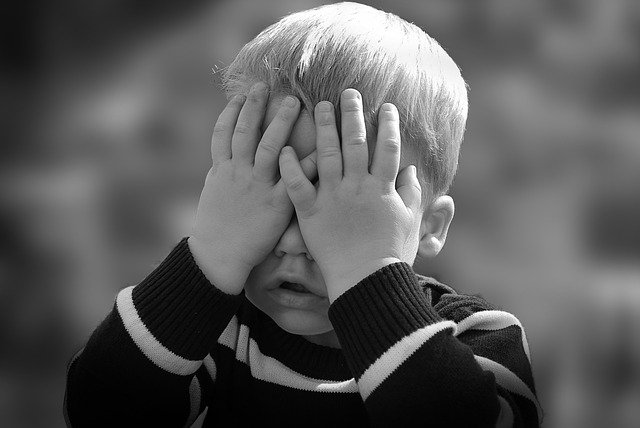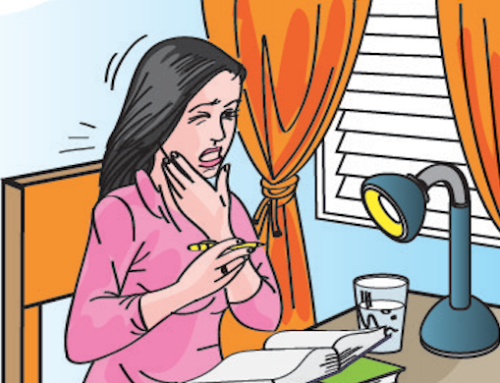Have you ever wondered why your child is making a grinding noise at night? It could be loud enough to wake them up while your child is sleeping. It is important to note that severe damage can occur, which can lead to worn teeth. This might be a sign of sleep bruxism. Let’s take a closer look at bruxism and how it can affect your child’s sleeping patterns.
What is bruxism?
Bruxism, or teeth grinding, is repetitive jaw muscle activity that is characterized by clenching or grinding the teeth. It can also occur by bracing or thrusting the mandible. Bruxism has two distinct circadian manifestations. One, it can occur during sleep and is indicated as sleep bruxism. Two, it can occur while awake during the daytime and is indicated by awake bruxism.
The signs and symptoms of bruxism and airway issues might include:
- Reports of snoring.
- Sour taste in the mouth.
- Allergies.
- Large tongue and tonsils.
- Obesity.
- Orthodontic issues.
Daytime bruxism involves teeth clenching, which can be corrected by making sure you are aware of your child’s habit. Once aware, it is important to discourage this type of behavior in your child. However, this is more successful in older children than in young children.
Side effects of sleep bruxism
If your child suffers from sleep bruxism, it can lead to damaged teeth, headaches, muscle pain and temporomandibular joint disorders. Unfortunately, this condition is not readily diagnosed because the disorder is usually multifactorial in nature.
Sleep bruxism can also accompany an attention deficit disorder or other medical conditions. It may also be connected with gastroesophageal reflux disease. Your child might also exhibit problems with nighttime breathing and anxiety issues that can lead to insomnia. A definitive diagnosis can be complicated due to various components that may be present and contributing to sleep bruxism.
This means it is important to sort out the specific contributing factors because it can be very time consuming for the parent and dental professional.
What is next?
Bruxism is often reported the most in childhood, but can decrease as the child gets older. If the severity is limited, a wait-and-see approach might be taken. Another option is a psychological approach. Behavioral therapy with biofeedback, cognitive therapy, and stress and relaxation management may be considered.
For dental management, treatment options for sleep bruxism might consist of occlusal therapy, splints, night guards and other adjustments. In some cases, oral appliances might be used to open airways in obstructive sleep apnea cases. However, these oral appliances are not always effective in young children. This is because the symptoms tend to go away with time.
To learn more about sleep bruxism and how you can help your child, contact Dr. Patel at Craniofacial Pain and Dental Sleep Center of Georgia.






